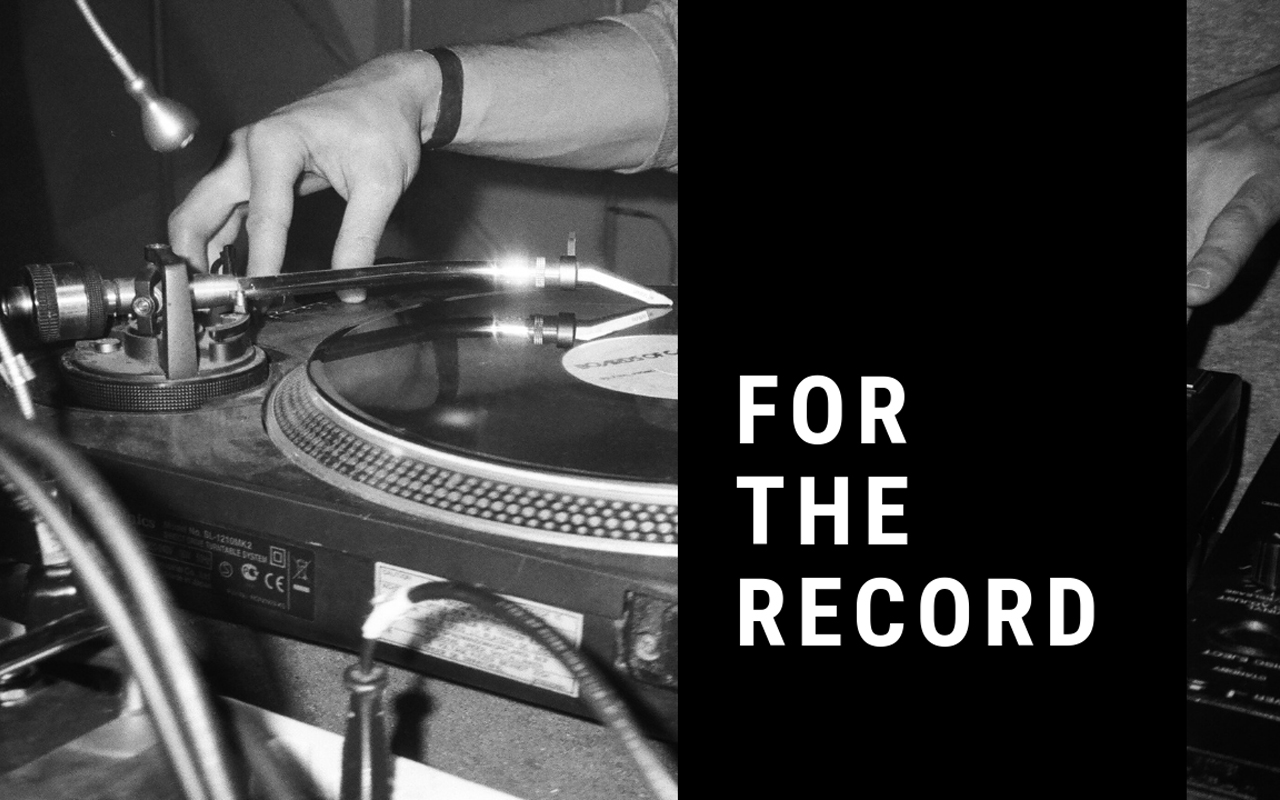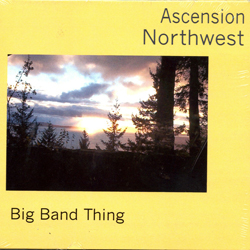
Ascension Northwest
Big Band Thing
Self-released
John Coltrane is one and many. After finding religion in 1957, music’s sacred calling pulled him in “Both Directions at Once,” the name of a 1963 “lost album” released this year that has since charted 21 on Billboard’s Top 200. Of these, saint John Coltrane, the self-sacrificing spiritual searcher, lives on today. West Seattle-based drummer Don Berman pays homage to the saint’s revelations with his project Ascension Northwest.
Four years after Ornette Coleman recorded his eight-person Free Jazz, Coltrane gathered an eleven-piece band for 1965’s Ascension. The music consisted of a few chords, around which improvisors took turns soloing between raucous ensemble sections. Inspired by Coltrane’s self-described “big band thing,” Berman orchestrated an analogous piece for a band featuring 11 of Seattle’s most outstanding improvising musicians.
Moving down from wind to rhythm section, the band opens ceremonies with the battle horn of Dick Valentine (tenor sax), Kenny Mandel’s (tenor sax) extended structures, the bottled lightning of Seth Alexander (alto sax), and Neil Welch’s (tenor sax) multiphonic games. Trumpeters Jim Knodle and Ray Larsen build and topple melodies respectively, while bassists Ryan Berg and Abbey Blackwell balance all the sublime chaos on acoustic and electric basses, leading to Berman’s liturgy of sticks and skins.
Like the original recording, which infamously included two versions, this powerful lineup can be heard in a studio version, recorded in Jack Straw Studios for KEXP’s Sonarchy, and a live performance captured in The Royal Room. Notable differences include Matt McCluskey finding miraculous harmonies on electric, rather than acoustic, keyboard on the first, and the addition of the incendiary Ivan Arteaga (alto sax), incandescent Brennan Carter (trumpet), and intelligent Kelsey Mines (bass) on the second. Otherwise, Berman’s shrewd orchestrations, combining soloists with select backgrounds, propel the ritualistic form forward.
These players, too, create what on Trane’s proto-album was a sanctified collective, a celebration of the holy consecration of sound into music. Theirs is the lasting power of Trane’s original project—a whole more than the sum of its parts—brought again to life in the Emerald City. We would be right to step into the chamber of their profound service, immerse ourselves in the beauty of creation, until the last few notes sound, Ite, missa est.
–Ian Gwin
